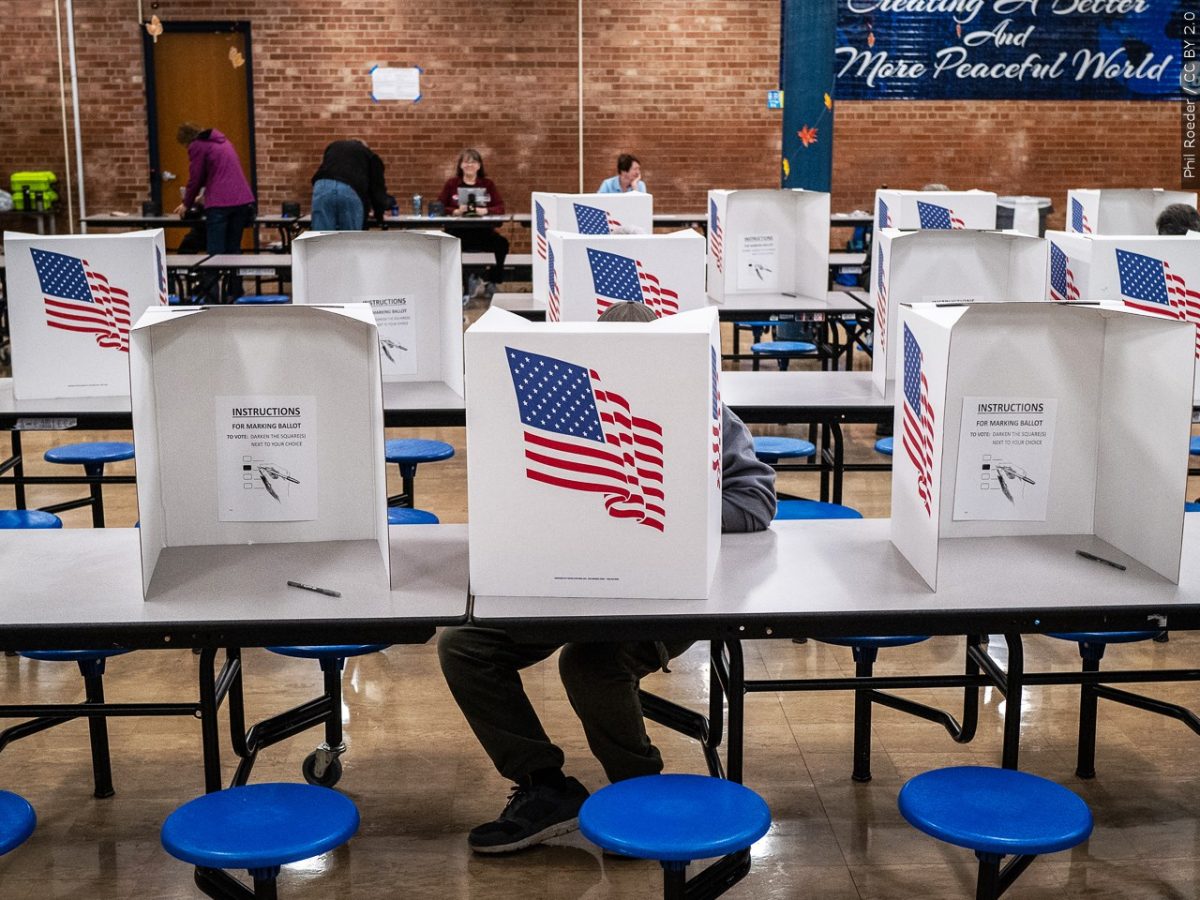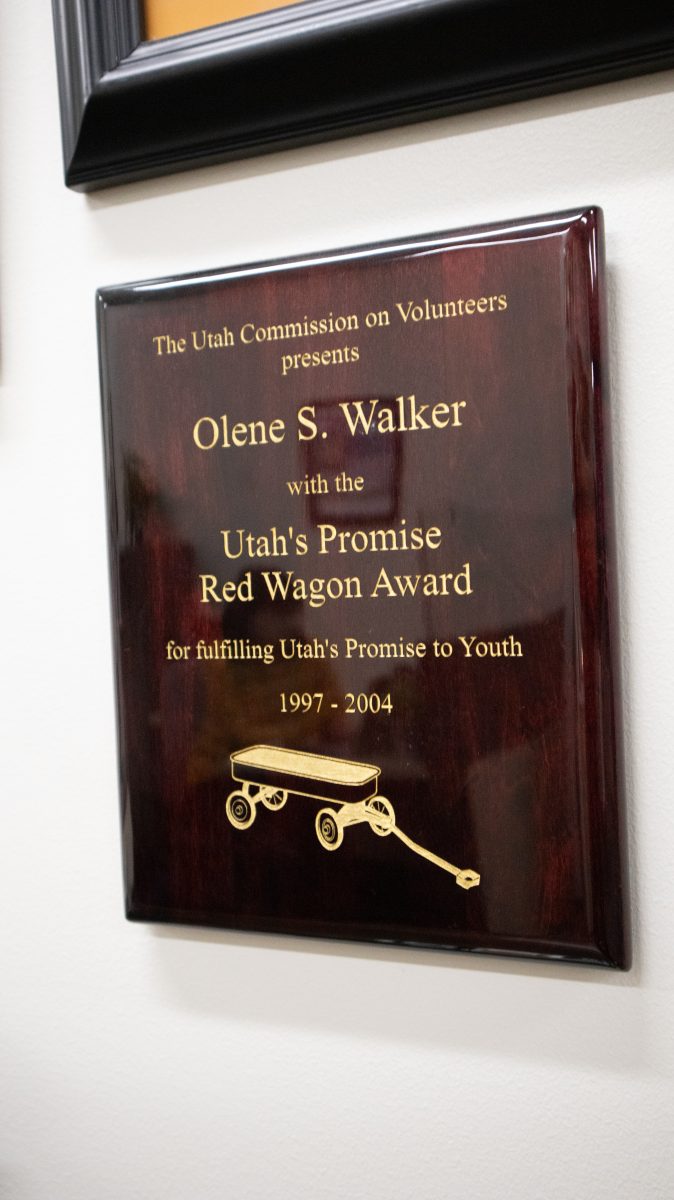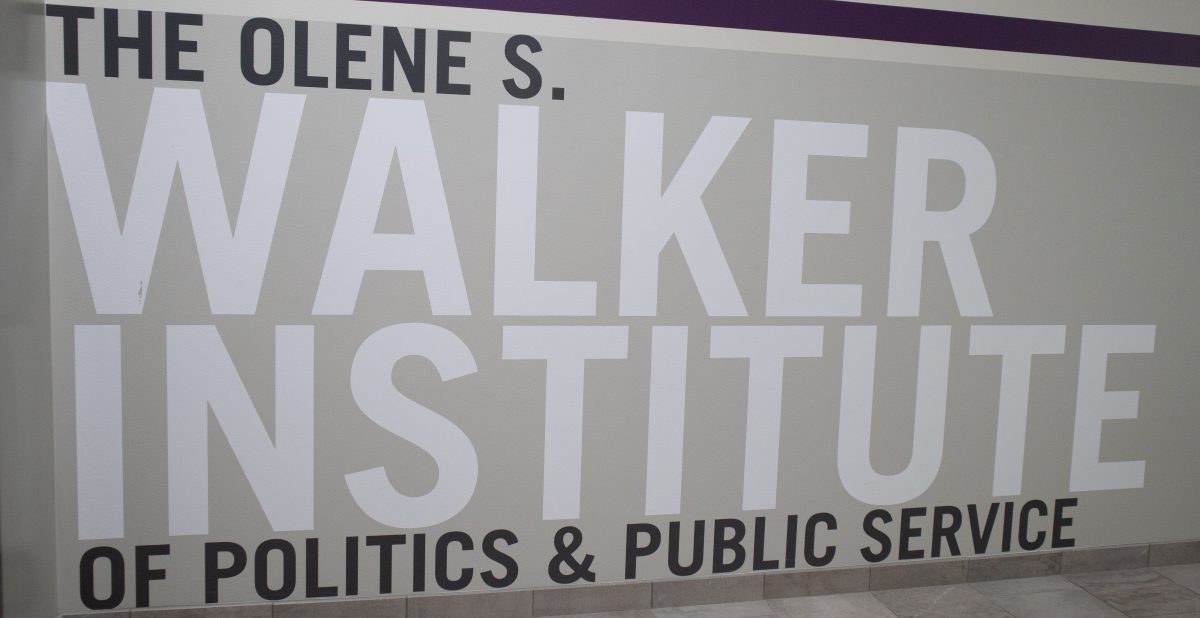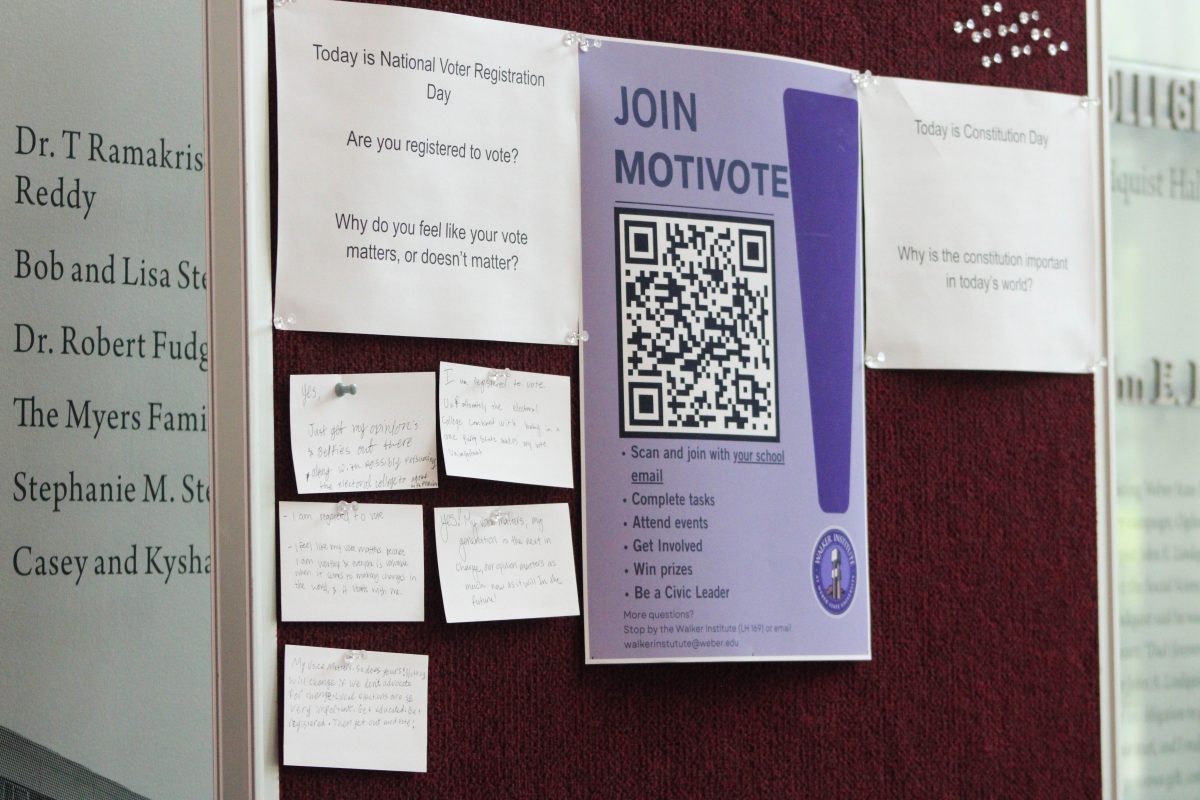Weber State University has set its focus on its Hispanic student body by making plans to become an Emerging Hispanic Serving Institution by 2025. Once that goal has been met, the school will put its focus on becoming an HSI.
The federal definition for an HSI says an eligible institution must have an enrollment of undergraduate full-time equivalent students that is at least 25% Hispanic students at the end of the award year immediately preceding the date of application.
Currently, WSU’s Amplified Strategic Plan has stated the school will become an Emerging Hispanic Serving Institution by reaching 15% of undergraduate full-time students who identify as Hispanic by the year 2025.
The Hispanic Association of Colleges and Universities states that nonprofit, degree-granting institutions with a full-time equivalent undergraduate Hispanic student enrollment of at least 15% count as an eHSI.
“In the state of Utah, 15% of Utah’s state population identifies as Hispanic and Latino. And by Weber State setting the goal of becoming an eHSI by 2025, we are expressing our commitment to mirror the Utah state’s demographic,” Yudi Lewis, executive director of Hispanic Serving Institution Initiatives, said.
According to WSU, 13% of the full-time equivalent undergraduate student body identified as Hispanic and Latino in the fall 2023 semester. Compared to fall 2022, there was a 0.5% rise in students attending WSU who identified as Hispanic and Latino.
Some students are concerned the school is focusing too much on getting the numbers to rise, and not focusing enough on retention rates of Hispanic students.
“What really worries me about incoming students is that there doesn’t seem to be a massive focus on retention rather than just recruitment,” Joshua Wooton, Weber State ballet Folklorico president, said. “And it’s kind of falling on the student leaders and the student associations to kind of put that focus on retention for Hispanic students.”
In fall 2021, the retention rates for full and part-time Hispanic and Latino students at WSU was at 64.5%. In fall 2022, the retention rates dropped by 3.4%, according to WSU.
The school has started to make plans to address retention rate concerns. One of these plans is a year-long data-driven equity project conducted by Ernesto Hernandez Jr., Stewart Library general education coordinator; Gail Niklason, executive director of institutional effectiveness; and Katy Paulson director of Data and Analytics.
The project focuses on understanding the Hispanic population on campus by looking at their experiences with academic support programs and services on campus. The project looks at how the university can make those services more accessible to help students succeed.
As part of this project focus groups of Hispanic and Latino students are brought in to help WSU understand how to help future students at WSU. According to Hernandez, there have been five focus groups held so far.
Hernandez says they are currently preparing to analyze their data. Assistant Professor in Teacher Education, Andrea Garavito Martinez, and CCEL evaluator and community research supervisor, Yesenia Quintana, will be helping with the focus groups and analyzing the data.
WSU will use the data collected to present to stakeholders of academic support programs.
“With this [project], we hope these academic support programs find this helpful and useful,” Hernandez said. “It by no means is a criticism. It’s, how can we do better? I mean, if we can all do better, it’s helpful for all of us.”
Another plan WSU has in place to reach eHSI standards is partnering with the Hispanic Association of Colleges and Universities. The HACU website says they “led the effort to convince Congress to formally recognize campuses with high Hispanic enrollment as federally designated HSIs and to begin targeting federal appropriations to those campuses.”
The partnership with HACU helps all students at WSU to receive scholarships, get internships and helps with retention numbers so that it can become an eHSI and an HSI.
In October this year, Lewis invited three students to join her and WSU President Brad Mortensen in Chicago for a HACU conference. The three students were able to learn about creating opportunities and funding that help Hispanic students pursue college and careers.
One of the students who attended the HACU conference was Pamela Nunez, president of Weber State’s Latinx Graduation Committee.
Nunez found the Latinx Graduation Committee, where she received help with feelings of isolation at WSU.
“Finally finding that group was really helpful for me because it’s like, okay, there’s people like me, there’s people that have similar goals, have similar backgrounds,” Nunez said. “University itself is already challenging to keep good grades and then you add on having to work, and then there’s this language barrier and then financial aid, and then add if you are undocumented, you also have to find different forms of financial aid.”
While at the HACU conference, Nunez learned the percentage of Hispanic and Latino population in Ogden and about how there should be more representation of that number at WSU.
According to the United States Census Bureau, in July 2022 30.3% of the Ogden population identified as Hispanic or Latino. In Weber County, the Hispanic and Latino population was reported to be 19.2%.
“Just in terms of reflection of our surrounding community and who we serve, Weber State can and should be doing better in reaching out to that population,” Hernandez said.
When it comes to students like Nunez, WSU’s Executive Director for Belonging, Brandon Flores, says it is important to help students feel like they are home when they enter WSU and that their families feel good with sending their students to the school. According to Flores, this could help with the retention of Hispanic and Latino students.
Another way to help WSU reach its goal of becoming an eHSI and HSI is by having academic support programs work together to make the local Hispanic and Latino population aware of the resources available at WSU and that they can succeed when going to college, according to Flores.
“eHSI and HSI work is collaborating and working together,” Lewis said. “The only way that we can reach this goal is by working together and serving students in achieving their goals.”
According to Lewis, becoming an HSI is a federal designation. This means WSU, if qualified, will be able to apply for federal grants, opening more doors for all WSU students.















